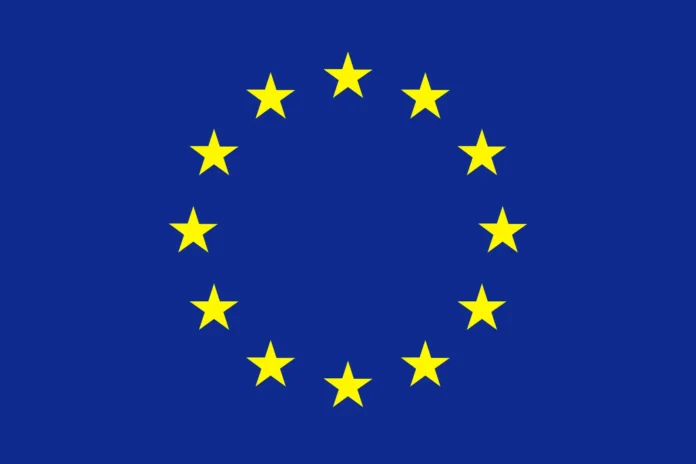Countries within the European Union (EU) are expected to face substantial, double-digit tariffs on all goods entering the United States, following President Donald Trump’s upcoming tariff announcement scheduled for April 2.
Three diplomats, briefed on European Trade Chief Maroš Šefčovič’s recent discussions with U.S. Commerce Secretary Howard Lutnick and U.S. Trade Representative Jamieson Greer, indicated the tariff rate is not finalized but could reach as high as 20 to 25 percent. The new tariffs are anticipated to take effect at midnight on April 3.
EU ambassadors were informed there was little they could do to prevent the tariffs, with the Trump administration regarding this as an initial step toward further negotiations rather than a final action.
The upcoming announcement is centered around “reciprocal tariffs,” described by the White House as duties calculated based on trade barriers imposed by the EU on American exports, including both tariffs and non-tariff barriers.
Additionally, these new tariffs would compound existing tariffs in sectors such as steel, aluminum, and any EU imports related to oil and gas transactions with Venezuela, affecting countries like Spain and the Netherlands.
Separate tariffs specifically targeting industries such as automobiles, lumber, semiconductors, and pharmaceuticals are also under consideration. A diplomat noted, “But it is not sure which of the big ones will be targeted at the EU. Maybe they will give us the honor only with some of the sectors such as automotive.”
Trump has openly criticized the EU recently, particularly following its announcement to impose retaliatory tariffs on approximately $28 billion worth of U.S. goods in response to earlier U.S. tariffs on steel and aluminum.
Addressing reporters on Tuesday, Trump stated, “I think I’ve been very fair. I’ve had, I have them set, but I think I’ve been very fair to countries that have really abused us economically for many, many decades.”

